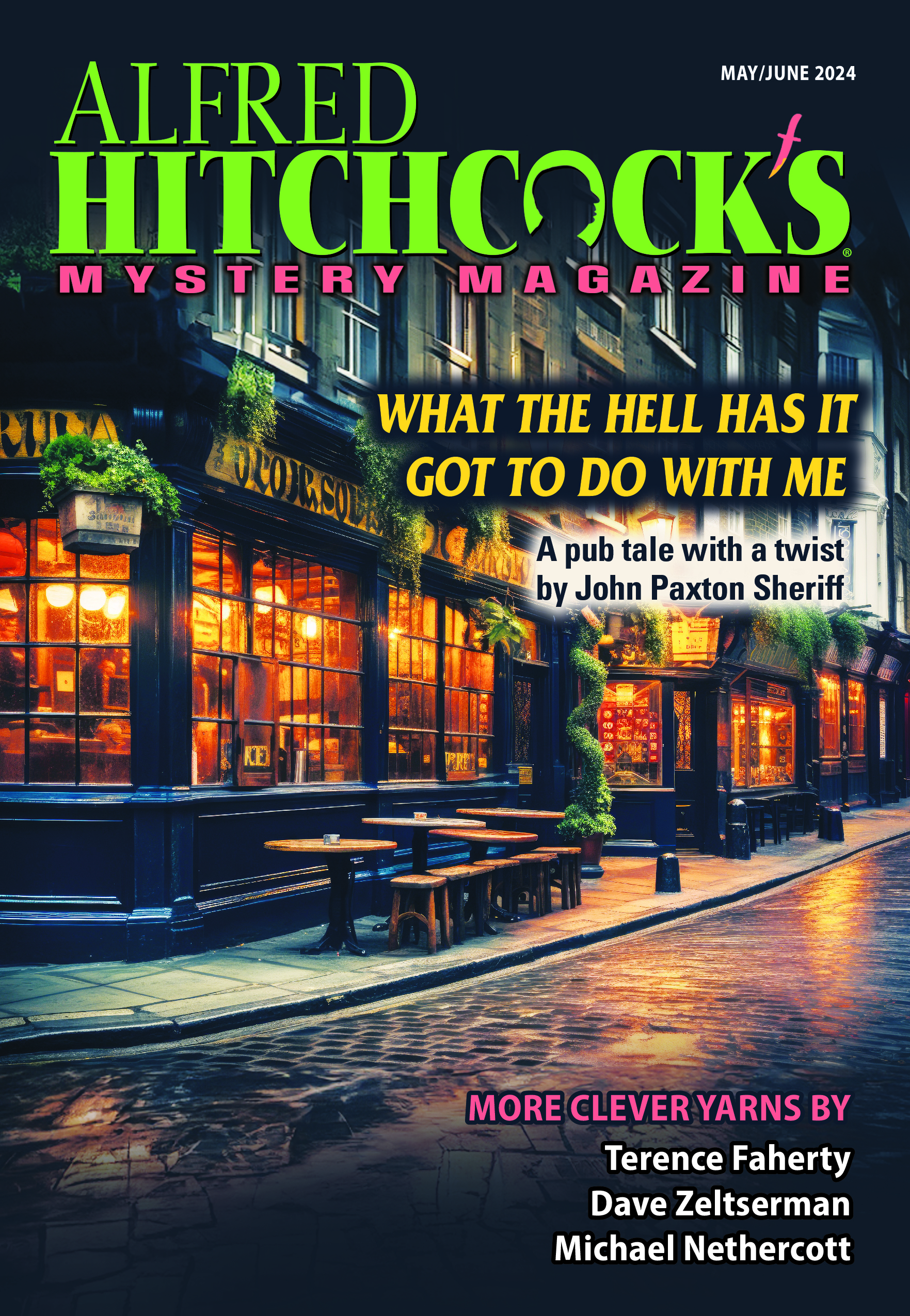Kevin Egan’s newest novel, Midnight (Forge)—named a Best Book of 2013 by Kirkus Reviews—takes place in and around the New York County Courthouse. His story in our June issue, “Term Life,” draws its characters from the same milieu. Here, the author explains his fascination with the what goes on behind the bench.
“Write what you know.” It is a standard writing instructor mantra.
As a college senior I took two creative writing classes. The first professor insisted we write what we know. I didn’t know anything about anything. The second professor encouraged us to write about anything in the world. I chose a slave in ancient Rome. But years later, and after much hard work, I was able to steer a course between writing what I knew and writing about anything in the world. I published one science fiction novel and three cozy mysteries. Then I decided to write about something I knew well – my job.
I am a lawyer and have worked my entire career in the New York state court system, mostly as a judge’s law clerk. I also work at the New York County Courthouse, famous from the opening credits of Law & Order as well as other television and movie productions. It seemed like a natural combination: Add my insider’s view on interesting cases to a landmark setting and, voila, dramatic fiction would follow.
But dramatic fiction did not follow.
Courthouse details swamped story lines. Supposedly interesting digressions flowed for pages. Characters bobbed in oceans of description. One courthouse novel oozed to a stop after 140 pages of sludge. A second swelled to 450 pages but could not find a publisher.
What was up? Other writers who inhabited this world managed to write successful fiction. Why, after several novels, was my writing so out of control?
A revelation came one night as I watched a television police drama. It wasn’t a plot or even a plan. It was a realization that I’d been trying too hard to depict the courthouse while overlooking the fantastic mix of people who convened there everyday. There were many types of characters in the courthouse, from the judges dwelling in the rarified air of chambers to the engineers stoking the furnaces in the sub-basement. Each one had a potential story.
I began to focus on characters, investing them with dreams and desires, virtues and vices, problems without tidy solutions. Focusing on characters allowed me to tell stories without courthouse details overwhelming the narrative. Instead, the sights, the sounds, the feel of the courthouse seeped into the stories naturally. And so, within that much muted but still evocative setting, a wife commits murder to protect the reputation of her demented husband, a custodian must choose between his dying wife and his successful but estranged son, and an elderly man keeps up his end of a bad bargain. Character stories, but characters who coexist in a courthouse.
Write what you know . . . but don’t get lost in the details.


I guess we always have to remember that the story belongs to the characters not to the writer.
I’m in the process of reading “The Art of the Short-Story” (1913) by Carl H. Grabo. Today I read:
“A likely storehouse for story themes is, I have always thought, legal records. All human activities come at last to court. All manner of stories are suggested there, and were I in need of a theme I should seek one of the many published records of cases.”